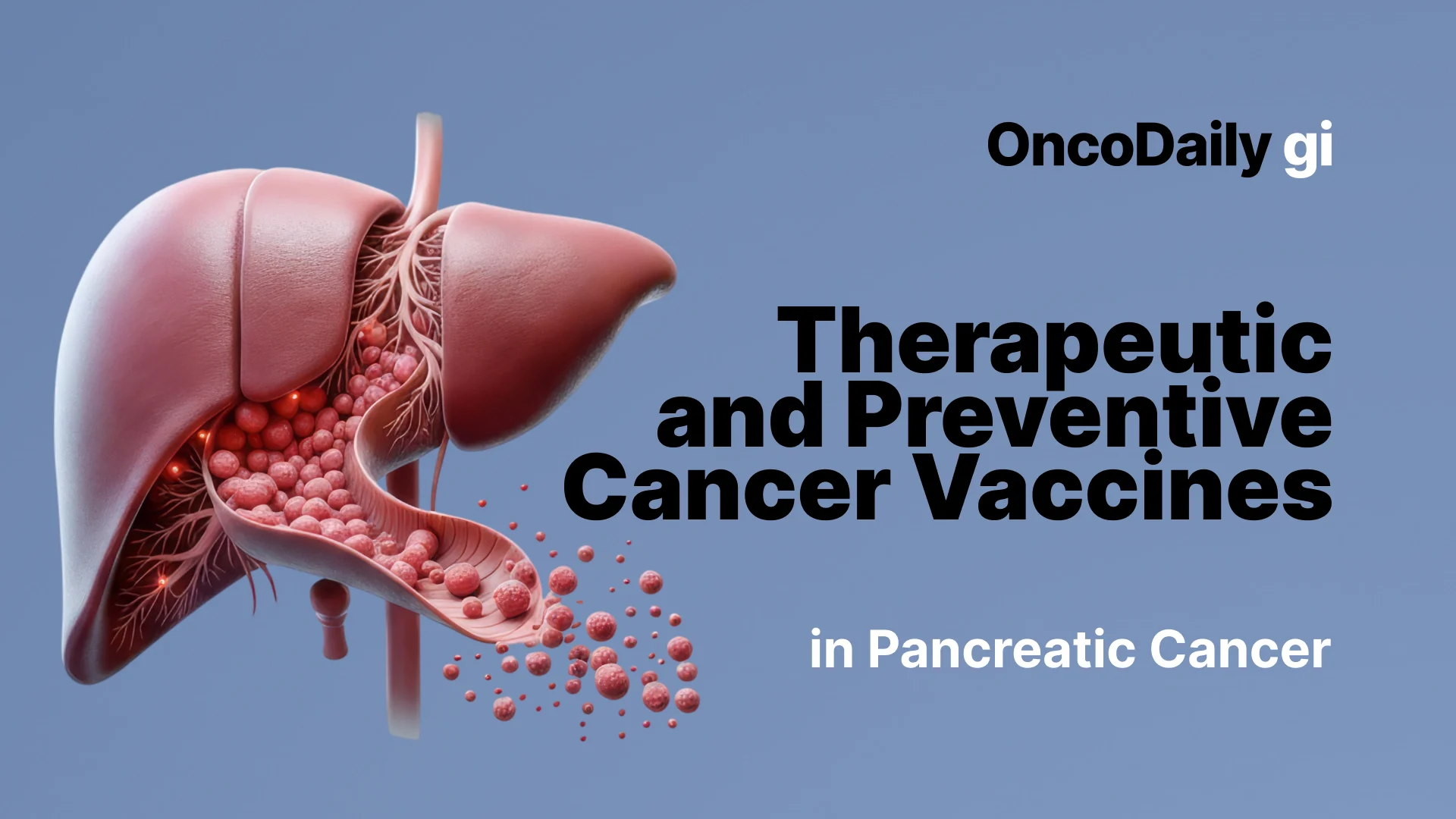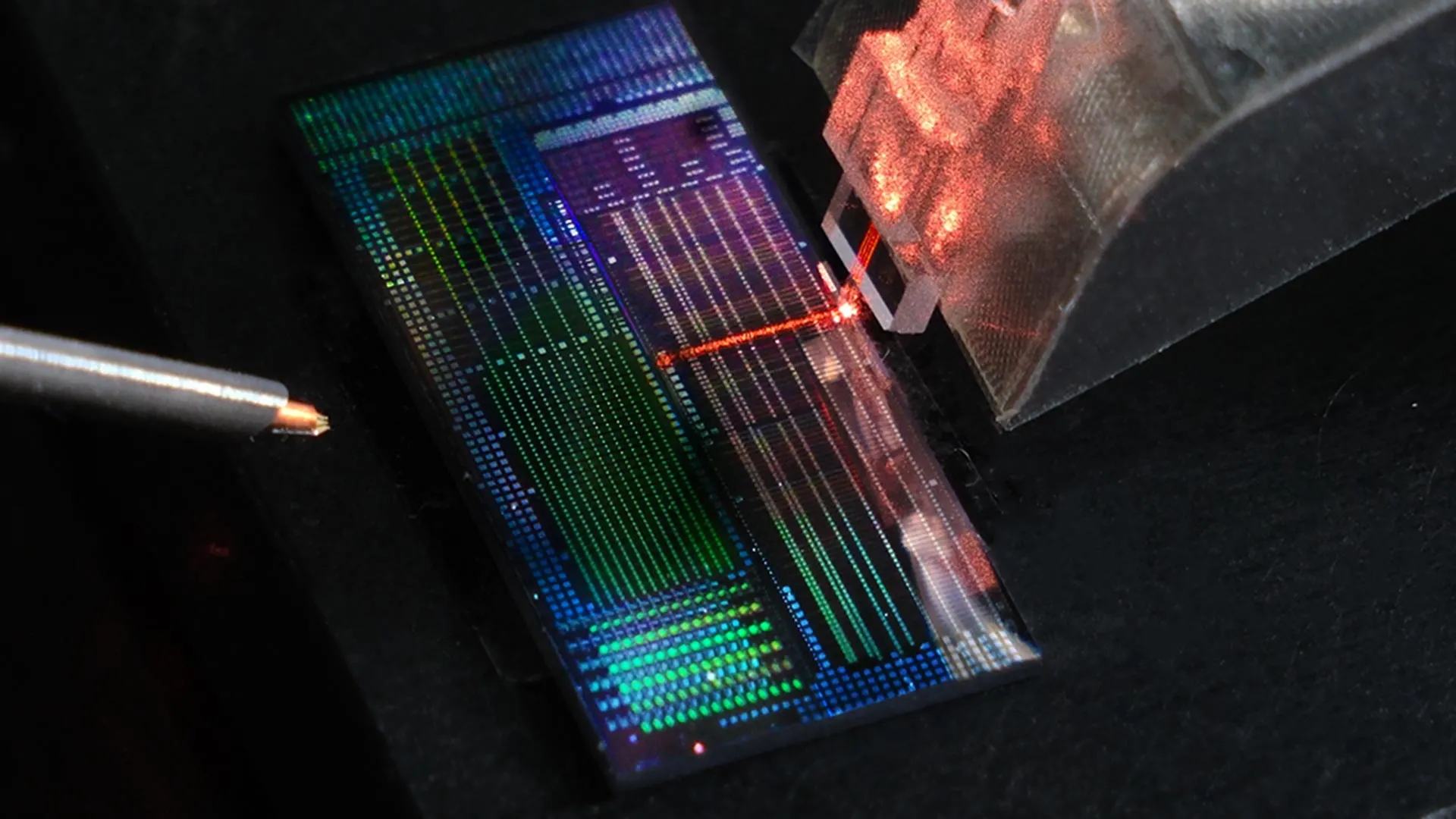Prime writer Vicki Gilhula, who is 70, shares a bit of the unique relationship she shares with her 95-year-old mother, Joann
It’s Christmas, so please excuse me for being personal and sentimental.
Many of us in our prime – I am 70…

Prime writer Vicki Gilhula, who is 70, shares a bit of the unique relationship she shares with her 95-year-old mother, Joann
It’s Christmas, so please excuse me for being personal and sentimental.
Many of us in our prime – I am 70…
Loeser, R. F., Goldring, S. R., Scanzello, C. R. & Goldring, M. B. Osteoarthritis: a disease of the joint as an organ. Arthritis Rheum. 64 (6), 1697–1707 (2012).
Holzer, L. A. et al….

Pancreatic cancer remains one of the most lethal malignancies worldwide, with five-year survival rates hovering around 10% and median survival often measured in months rather than years. The majority of patients present with…

Another coastal charity swim in Dorset was cancelled because of concerns about water conditions on Thursday.
The Weymouth and Portland Lions Club took the decision to end its Christmas Day Harbour Swim after the first of 10 scheduled swims.
“This was not an easy decision, but it was the right one in the interests of safety for all participants, water support teams, and spectators,” it said in a statement.
“We are grateful that both swimmers and spectators supported this decision.
“Despite the cancellation, many spectators continued to donate generously into the collection buckets, for which we are extremely thankful.”

Something unexpected is happening inside a material called platinum-bismuth-two (PtBi2). According to a new study from researchers at IFW Dresden and the Cluster of Excellence ct.qmat, this shiny gray crystal may look ordinary, but the electrons…

Something unexpected is happening inside a material called platinum-bismuth-two (PtBi2). According to a new study from researchers at IFW Dresden and the Cluster of Excellence ct.qmat, this shiny gray crystal may look ordinary, but the electrons…

The Federal Energy Regulatory Commission said a NorthWestern Energy subsidiary’s application to sell power from its soon-to-be-acquired Puget Sound Energy shares is “deficient” and called for more details about the deal.
The deal is controversial and contested.
However, a spokesperson for NorthWestern Energy said Wednesday the utility anticipates a green light from FERC.
“We are working with FERC to provide additional information and are confident our application will be approved,” said NorthWestern spokesperson Jo Dee Black in an email.
NorthWestern Energy announced in August 2024 it would acquire the Puget shares at the coal-fired electricity plant at Colstrip at no cost. Puget is based in Washington, where state law ends coal-fired electricity for state customers by the end of 2025.
NorthWestern said the new shares would provide a benefit to existing customers on Jan. 1, 2026, when the utility acquired them.
However, NorthWestern since created a subsidiary it said would receive all the Puget shares, and it told the Public Service Commission the shell company was outside the authority of regulators.
The Public Service Commission regulates monopoly utilities in Montana.
This fall, the NorthWestern subsidiary filed an application with the Federal Energy Regulatory Commission to sell power from the Puget shares on the wholesale market.
In a move it later reversed, the Public Service Commission demanded the feds investigate the monopoly utility for attempting to evade the law in shifting the shares to the new subsidiary; the PSC said it would proceed with its own inquiry instead.
An energy watchdog, the Montana Environmental Information Center, has protested NorthWestern’s federal application and filed to intervene in the case.
The energy nonprofit argues in part that the NorthWestern subsidiary should have secured federal authorization for the planned transfer — and its failure to do so is “fatal” to any approval request for a wholesale deal.
The MEIC also said NorthWestern has not shown that existing customers won’t be subsidizing the costs for the wholesale market deals.
In its own filing, the NorthWestern subsidiary argues the feds should reject the argument that the transfer of the Puget shares needs federal approval in part because the utility says the value of the shares doesn’t hit a financial threshold for approval — $10 million.
The MEIC disagrees; the nonprofit said just because the cost of the shares was $0 doesn’t mean the value of the asset is $0.
It said NorthWestern itself has estimated annual revenues of nearly $30 million from the asset and said it would cost $700 million to build an equivalent plant.
Wednesday, NorthWestern did not have an estimate of the value of the shares immediately available, but in a filing, it argues the nonprofit isn’t using an appropriate measure to value them.
The value is one request from the Federal Energy Regulatory Commission.
In the letter calling for additional information, FERC said the NorthWestern subsidiary must provide the original cost of the shares being transferred, undepreciated, in its filing.
The feds also called for details about the transfer within NorthWestern, including ownership arrangements, timing of arrangements, and rights or veto powers to any parties that are “disproportionate” to the deal.
“For example, do any of the owners hold special share classes with different rights that do not match their economic interest?” the letter said.
The letter called for specific information about the timing and structure of the transfer of shares from Puget to NorthWestern, and the timing of the transfer of the ownership interest between NorthWestern and the subsidiary, NorthWestern Colstrip 370Pu LLC.
The letter gives the NorthWestern subsidiary 30 days to provide the additional information.
In the meantime, NorthWestern spokesperson Black said the acquisition from Puget will be complete on Jan. 1, 2026. NorthWestern did not address what its plans are for the shares while the case is pending.
The NorthWestern subsidiary entered into a 21-month contract with Mercuria Energy America LLC and filed for FERC approval of the contract.
That request is also pending with FERC.

IDLIB, Syria — A bombing at a mosque in the Syrian city of Homs during Friday prayers killed at least eight people and wounded 18 others, authorities said, as long-standing sectarian, ethnic and political fault lines continue to destabilize the…


Researchers have achieved a significant step forward in quantum computing by developing a device that is almost 100 times thinner than the width of a human hair. The work, published in the journal Nature Communications, introduces a new type of…